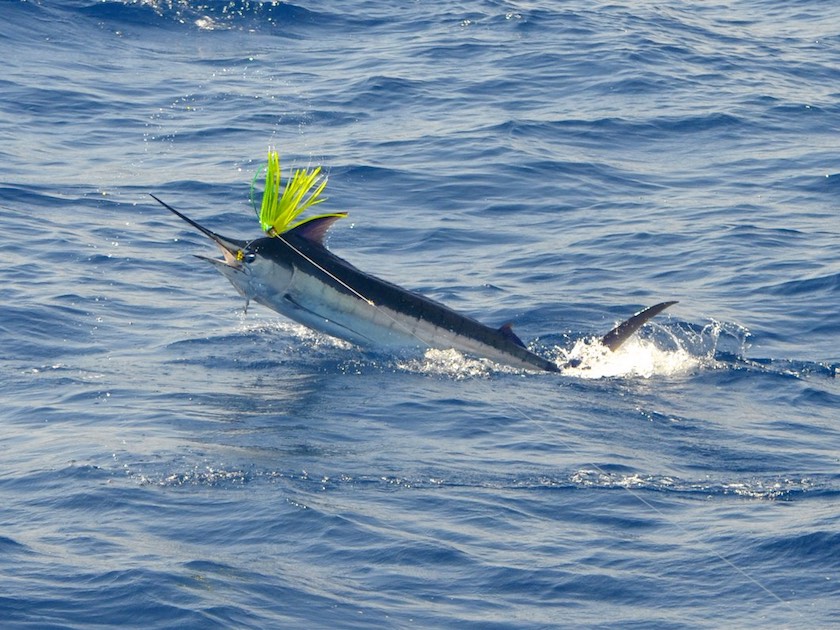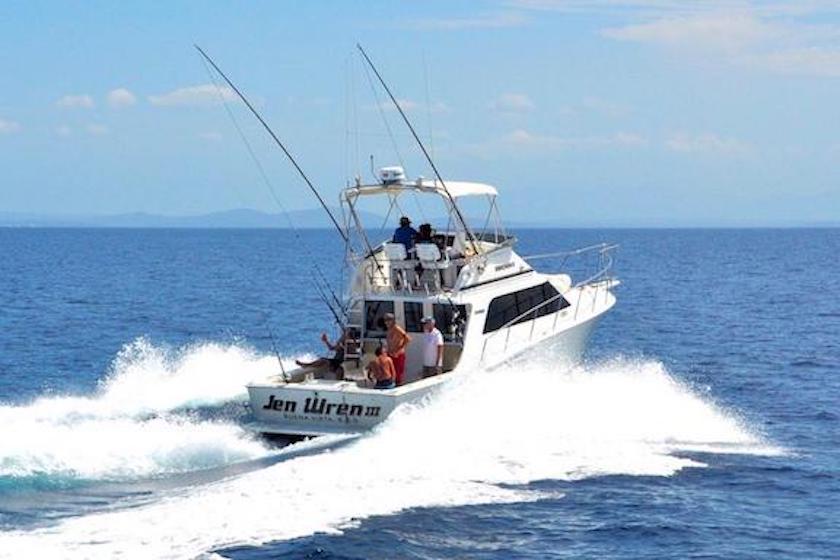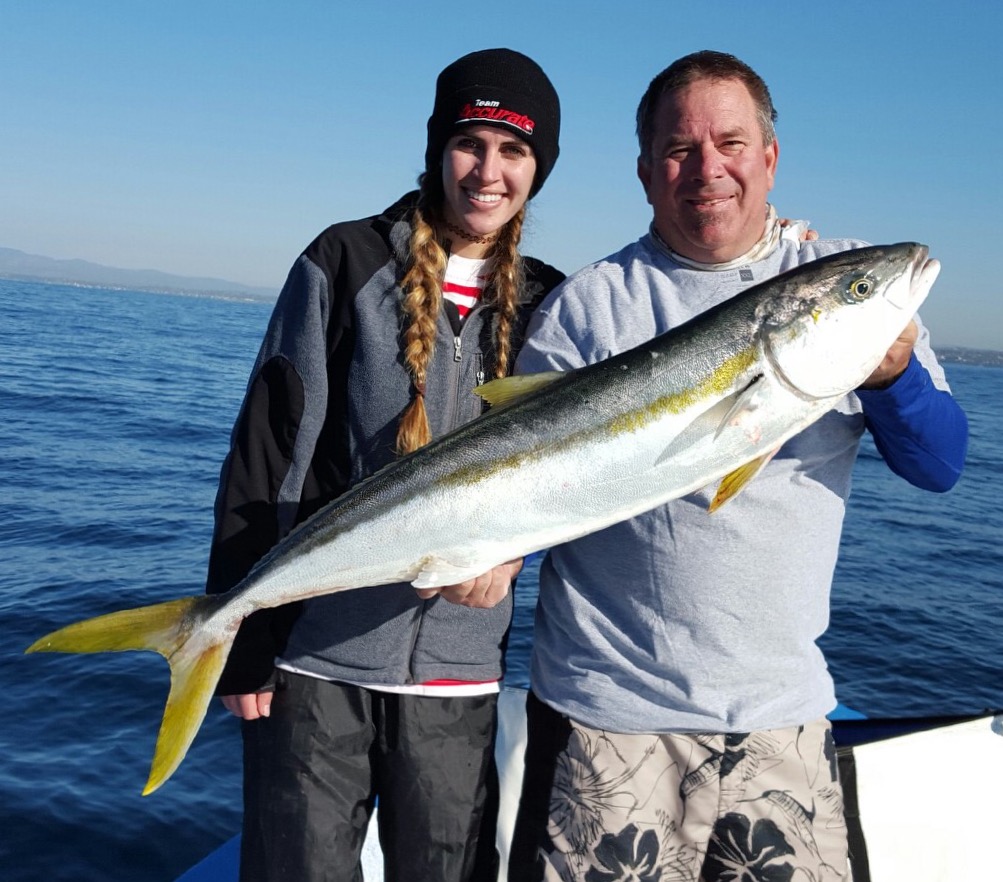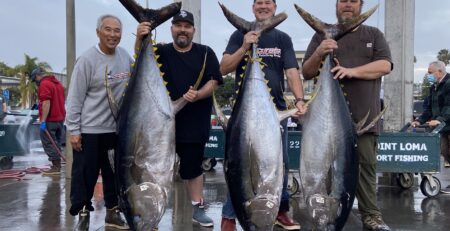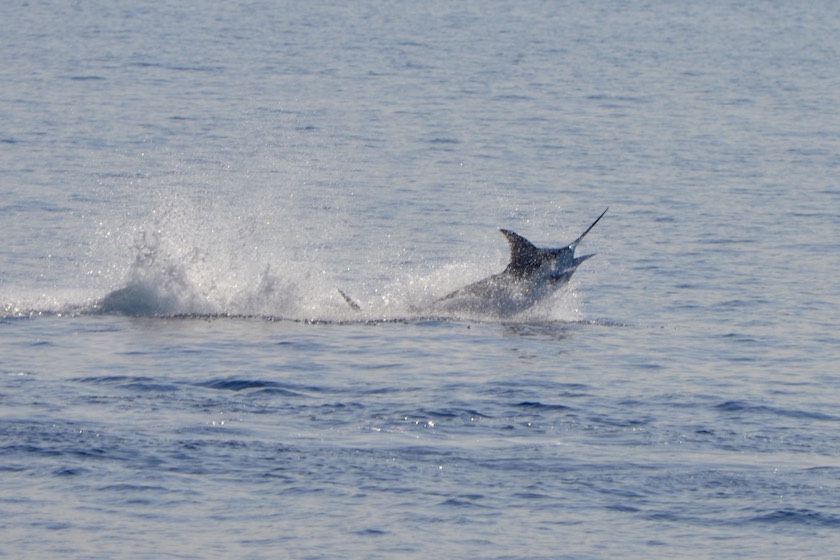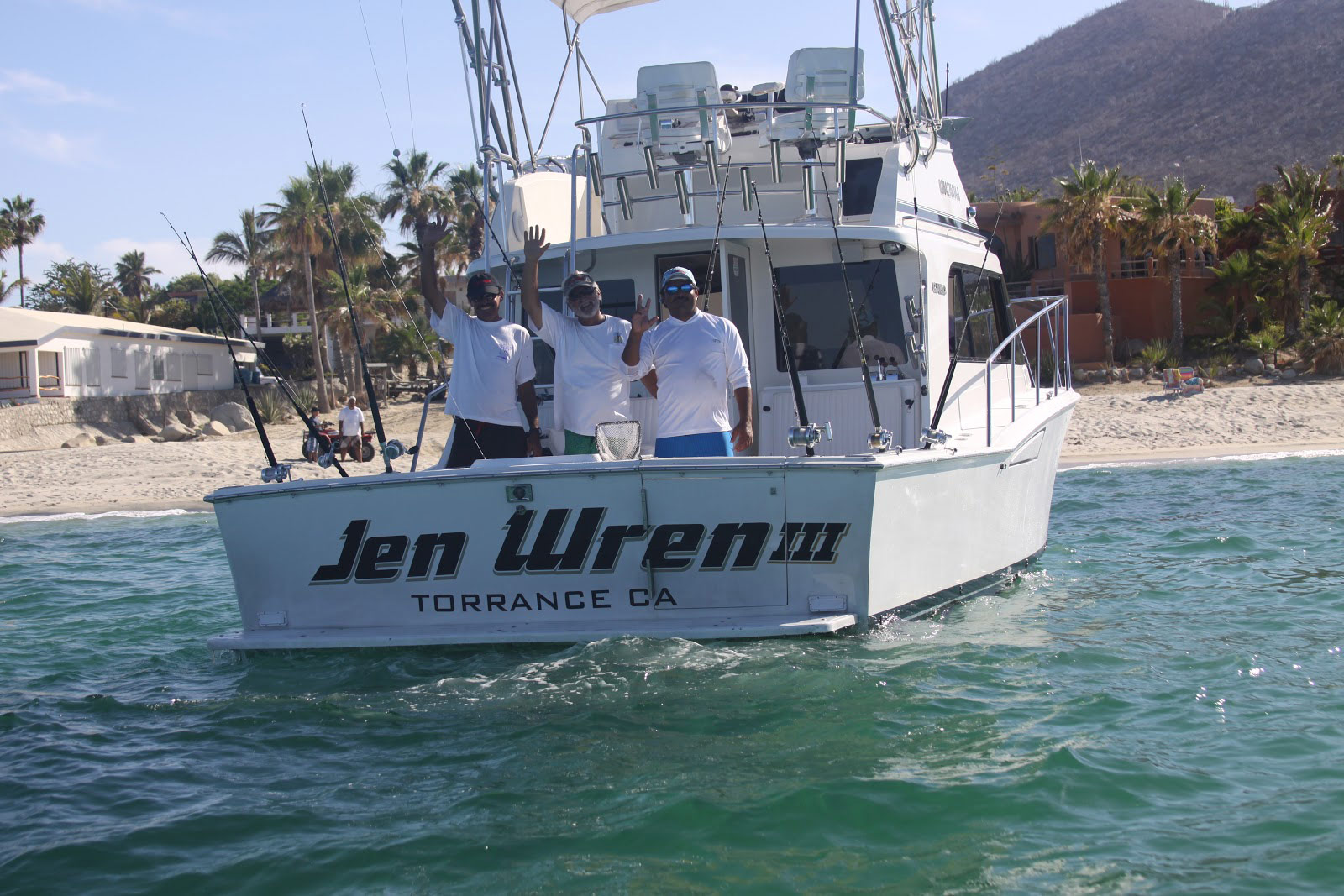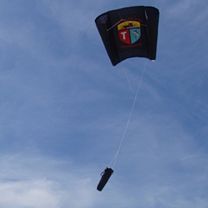The Magic of a Wind On Leader
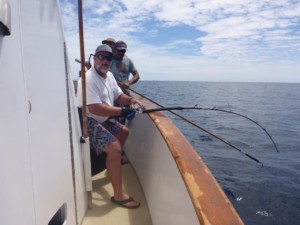
Growing up on the west coast and learning one day at a time on the party boats pushed us to do things better and simpler. Some of the first Long Range trips to the Revillagigedo Islands which included Clarion, Socorro, San Benedicto, and Roca Partida, where some of the early days of learning about the difference between monofilament and braided line. In the 80’s monofilament line was pretty much all that was used except dacron line. All the lines fished on the big reels where 80 and 100 lb monofilament with knots tied directly to hook and you were at the mercy of where you hooked the fish. Circle hooks were not available and many fish were lost due to the fish wearing through the mono Line with their teeth. If they used leaders it was either done with a knot which on larger diameter mono was extremely hard to tie. This lead to a lot of anglers having faith invested in crimping leaders and hooks, which done incorrectly lead to lost fish.

When braided line pioneers like Russ Izor came onto the scene in the late 80’s early 90’s the world of fishing line changed for the better. Anglers were able to get more line on the same reels they were using for mono which gave them the confidence towards landing bigger fish that had eluded them in the past. Gudbrod, early manufacturer of dacron line had a little diagram on the spools of their line showing anglers how to serve line in the hollow core. It took a few thinking anglers, that were light years ahead to figure out ways to create these loops, and insert Monofilament into these hollow lines, creating some of the first wind on leaders ever used.

It was in the late 90’s and early 2000’s that the wind on leaders became more popular among the fishing fraternity and became a staple product for Long Range / big game anglers everywhere. The anglers adopting braid and figuring out the knots where some of the first to land large fish on braided line with wind on leaders. When the fishing industry as a whole started to adopt braided line the need for a clean leader connection was important and the knots necessary where adopted.
 One knot that has been critical through all these years has been the Bimini twist knot which was used for years to attach hooks to the line when monofilament was used. This knot was deemed as a double line knot, used world-wide by guys trolling, and was adopted by the Long Range crews to strengthen their lines when bigger Yellowfin tuna were in the mix. The early big game guys figured out that with the loop on the Bimini twist, and the new way they had been creating leaders by serving the hollow dacron line they might have something, especially after they figured out how to serve the monofilament leader into the dacron line. As the idea progressed, anglers came up with new and better ways to make the Wind on leaders to where we are today.
One knot that has been critical through all these years has been the Bimini twist knot which was used for years to attach hooks to the line when monofilament was used. This knot was deemed as a double line knot, used world-wide by guys trolling, and was adopted by the Long Range crews to strengthen their lines when bigger Yellowfin tuna were in the mix. The early big game guys figured out that with the loop on the Bimini twist, and the new way they had been creating leaders by serving the hollow dacron line they might have something, especially after they figured out how to serve the monofilament leader into the dacron line. As the idea progressed, anglers came up with new and better ways to make the Wind on leaders to where we are today.
The Wind On leaders have been adopted pretty much globally for all types of fishing. With the introduction of Fluorocarbon you will find wind on leaders in tackle boxes everywhere. They make it relatively easy to join your mainline to your leader when done the correct way.
Tying a Bimini in your main line will be the first step in the process. You can google how to tie a Bimini twist knot on line. IF you click the word it will send you to Saltwater Sportsman Video showing you a very basic Bimini twist knot that will work fine. You can also surf the web for other renditions of the knot.

Once you have the Bimini tied the key is to take your wind on loop with the line coiled and tied with a rubber band to avoid having to pull line through knot and line up loops.

Once you line up both loops you pass the wind on leader through both loops three times. Some people do it one less or a couple more times, three works for us.

Evening the lines so the knot is even is extremely important so take your time and make sure your open the loops before cinching.
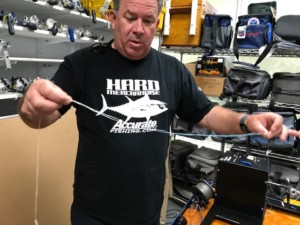
Key part here is to get all lines perfectly straight massage the knot so it is even and slowly pull from both sides.(Mainline and Wind on)
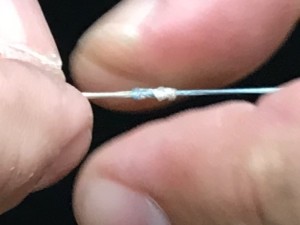
Once the line has formed the cats paw knot do not cinch it tight until you make sure all lines are even. Very important otherwise one line will take all the load instead of distributing it among the two.
When all lines are even, pull tight, and with your finger nails slightly pull knot together.
It’s also a good idea to pull and put your weight on the wind on leader to check that it is sound. Nothing is fail proof and double checking can save you a fish.
Once this is all done you can wind your leader on as you would straight line off the spool.
The Wind on leader makes it extremely simple to wind on leader that is a larger diameter without any bulky knots going through the leader. It is an extremely strong connection that is very dependable once you have mastered it. The wind on leaders are great for casting baits, trolling, live baiting, jigging, both butterfly and the yo-yo when necessary for bigger tuna.
(There are anglers that also swear by serving hollow core lines, which is a little more involved, but also works. Our focus to this blog was to show you the Bimini Twist knot to wind on which is a little less involved and works fantastic.)
If you do not have any wind on leaders in your tackle box make sure to purchase some at your local dealer. Never know when you will need them.
Hope all your lines are tight ones.
All the best.
Team Accurate
 Custom Color Reels
Custom Color Reels

